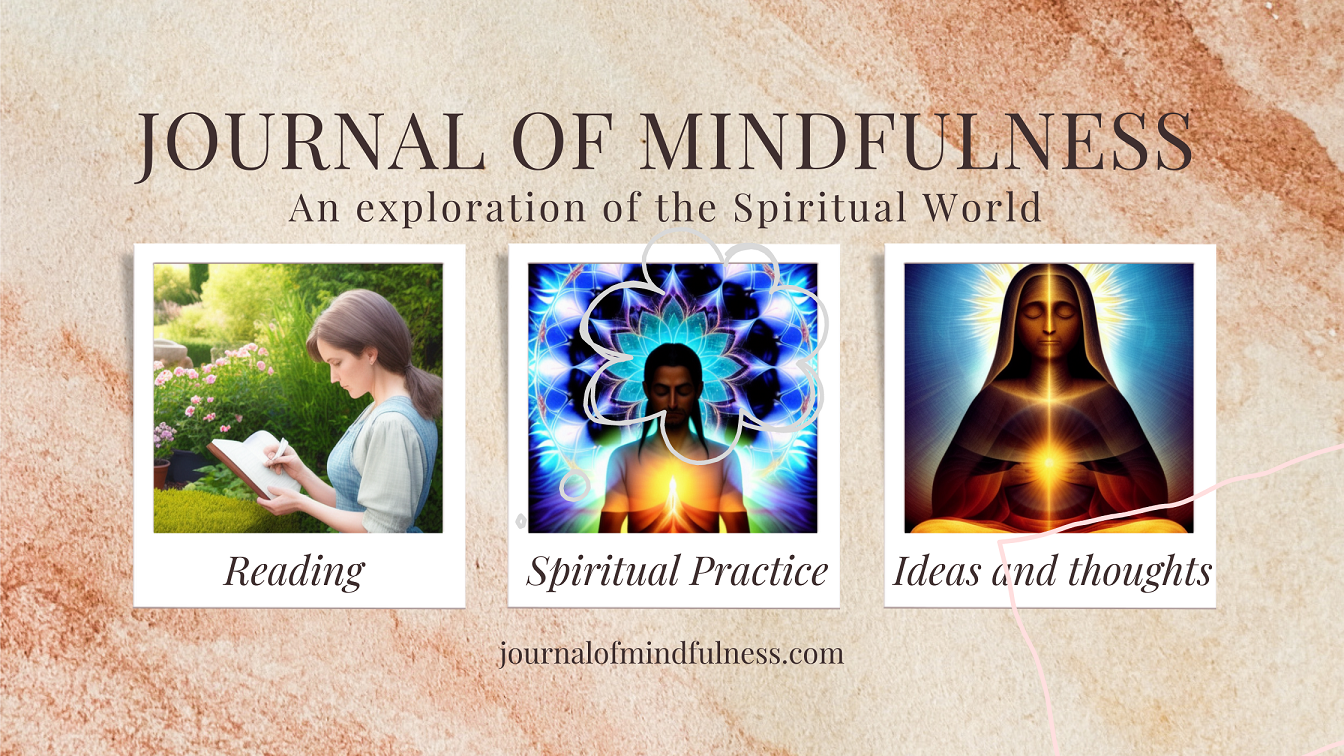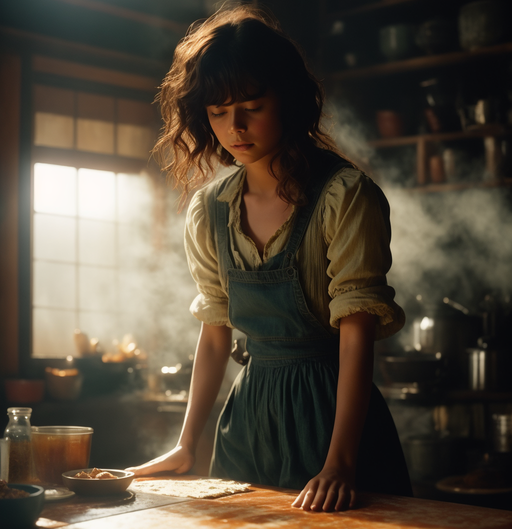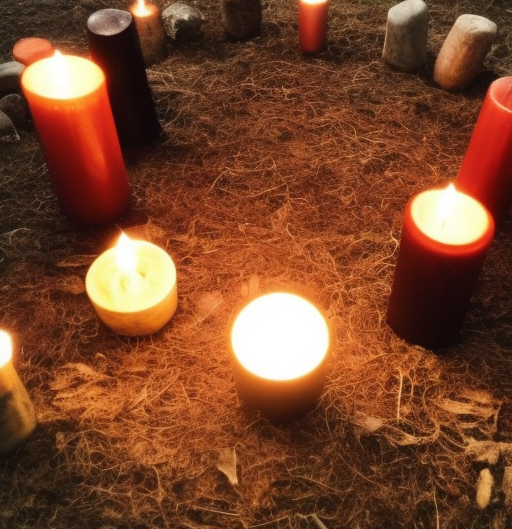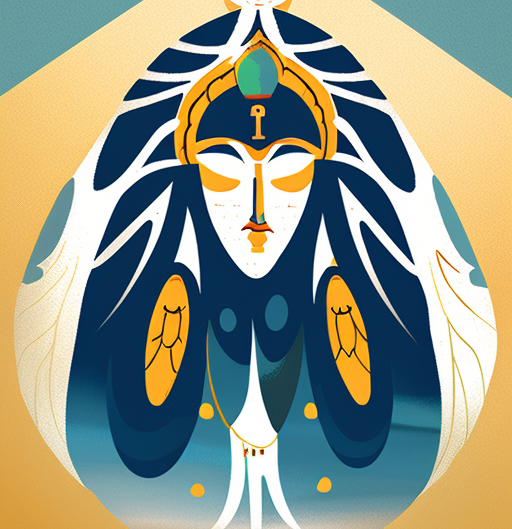Origins of Witchcraft
The origins of witchcraft are complex and multifaceted, as the concept and practice of witchcraft have evolved over time and vary across different cultures. Here are some key aspects to consider regarding the origins of witchcraft:
- Prehistoric and Shamanic Practices: The roots of witchcraft can be traced back to prehistoric times and early human societies. In these societies, certain individuals, often called shamans or medicine people, held spiritual and healing roles. They were believed to have the ability to communicate with the spirit world, perform rituals, and harness supernatural forces. These practices laid the foundation for later beliefs and practices associated with witchcraft.
- Folk Magic and Pagan Traditions: Witchcraft has deep connections to folk magic and pagan traditions that existed before the rise of organized religions. In many ancient cultures, individuals, often referred to as witches, practiced rituals, spellcasting, and divination to influence the natural world and the lives of others. These practices were closely tied to the cycles of nature, fertility, and the worship of various deities.
- Persecution during Christianization: The association of witchcraft with evil and Satanic practices emerged during the Christianization of Europe. In the Middle Ages and Early Modern period, the Catholic Church and later Protestant denominations denounced witchcraft as heresy and formed the basis for the witch hunts and trials that took place from the 15th to the 18th centuries. These events led to the persecution, torture, and execution of thousands of individuals, particularly women, accused of practicing witchcraft.
- Syncretism and Witchcraft Accusations: In many instances, witchcraft accusations were used as a means to suppress marginalized groups or individuals who deviated from societal norms. This included people with unconventional spiritual practices, healers, herbalists, midwives, and those who challenged religious or social authorities. Witchcraft accusations were also used as a tool for political and personal vendettas.
- Modern Wicca and Neo-Paganism: In the 20th century, the revival of interest in witchcraft led to the emergence of modern witchcraft traditions, such as Wicca and other forms of neo-paganism. These contemporary practices draw inspiration from pre-Christian beliefs, nature worship, and ceremonial magic. Modern witchcraft is often characterized by its emphasis on personal empowerment, connection to nature, and ethical practices.
It’s important to note that the understanding and perception of witchcraft vary greatly depending on cultural, historical, and religious contexts. Witchcraft is a complex and diverse phenomenon that has been interpreted and practiced in countless ways throughout history.
- Religious beliefs: During the transition from pagan beliefs to Christianity in Europe, midwives were often associated with ancient fertility goddesses and practices. As Christianity gained prominence, pagan beliefs and practices were deemed heretical and were suppressed. Midwives, who were involved in reproductive health and childbirth, were sometimes seen as part of these “heathen” practices and were consequently stigmatized.
- Gender dynamics: Midwifery was predominantly practiced by women, and their knowledge and expertise in reproductive health and childbirth were seen as a threat to male-dominated institutions, such as the Church and the medical profession. This threatened existing power structures and challenged the authority of male physicians. As a result, midwives were often targeted and labeled as witches to undermine their credibility and diminish their role in society.
- Cultural fears and superstitions: The medieval and early modern periods were marked by widespread fears and superstitions surrounding supernatural forces and witchcraft. Natural phenomena, such as difficult births or infant mortality, were often attributed to witchcraft or malevolent supernatural powers. Midwives, who were intimately involved in childbirth and often witnessed these unfortunate events, became easy scapegoats for such misfortunes.
- Lack of understanding: The practice of midwifery was not well understood during those times, and the traditional methods employed by midwives, such as the use of herbal remedies and folk healing practices, were often viewed as mysterious or occult. The lack of scientific knowledge and understanding led to misconceptions, which contributed to the association of midwives with witchcraft.
It is important to note that not all midwives were cast as witches, and there were many respected and valued midwives who served their communities without persecution. However, the historical context and prevailing beliefs at the time contributed to the portrayal of some midwives as witches, perpetuating harmful stereotypes and leading to their persecution.
Salem is a well known but often misunderstood story about witchcraft.
The witch trials in Salem, which took place in the late 17th century, were a complex and tragic event in American history. While the trials were not solely focused on midwives, there were certain factors that contributed to accusations and suspicions falling on women, including midwives.
- Social and Gender Dynamics: In Puritan society, women were often marginalized and had limited rights and roles outside the household. Midwives, who were primarily women, held a position of knowledge and authority in their communities. This contrasted with the traditional male-dominated authority figures in society. The unique role of midwives made them susceptible to suspicion, especially if their practices were not fully understood by the broader community.
- Religious Beliefs: The Puritan settlers in Salem held strict religious beliefs and lived in a deeply religious society. The concept of witchcraft was considered a serious sin and a threat to the religious order. Midwives often worked with herbs and natural remedies that were not fully understood by the general population. This lack of understanding, combined with religious fervor, led to the belief that midwives might be engaging in “witchcraft” or “dark arts.”
- Economic Factors: In times of uncertainty or crisis, accusations of witchcraft were sometimes used as a way to explain unfortunate events or problems within the community. Accusing someone of witchcraft, including midwives, might have been an attempt to find a scapegoat for issues such as crop failures, illnesses, or even infant mortality. Midwives were closely associated with childbirth and infant care, so if there were complications or deaths during childbirth, they could become targets of blame.
- Local Politics and Rivalries: The witch trials were also influenced by interpersonal conflicts, jealousy, and rivalries within the community. Accusations of witchcraft could be used as a means to settle personal scores or to eliminate competition. Midwives who were successful and well-respected might have become targets due to envy or other personal motivations.
It’s important to note that while midwives were among those accused during the Salem witch trials, many other individuals, both women and men, were also accused and faced severe consequences. The witch trials were a complex interplay of societal, religious, economic, and personal factors that led to a tragic period of hysteria, fear, and persecution.




